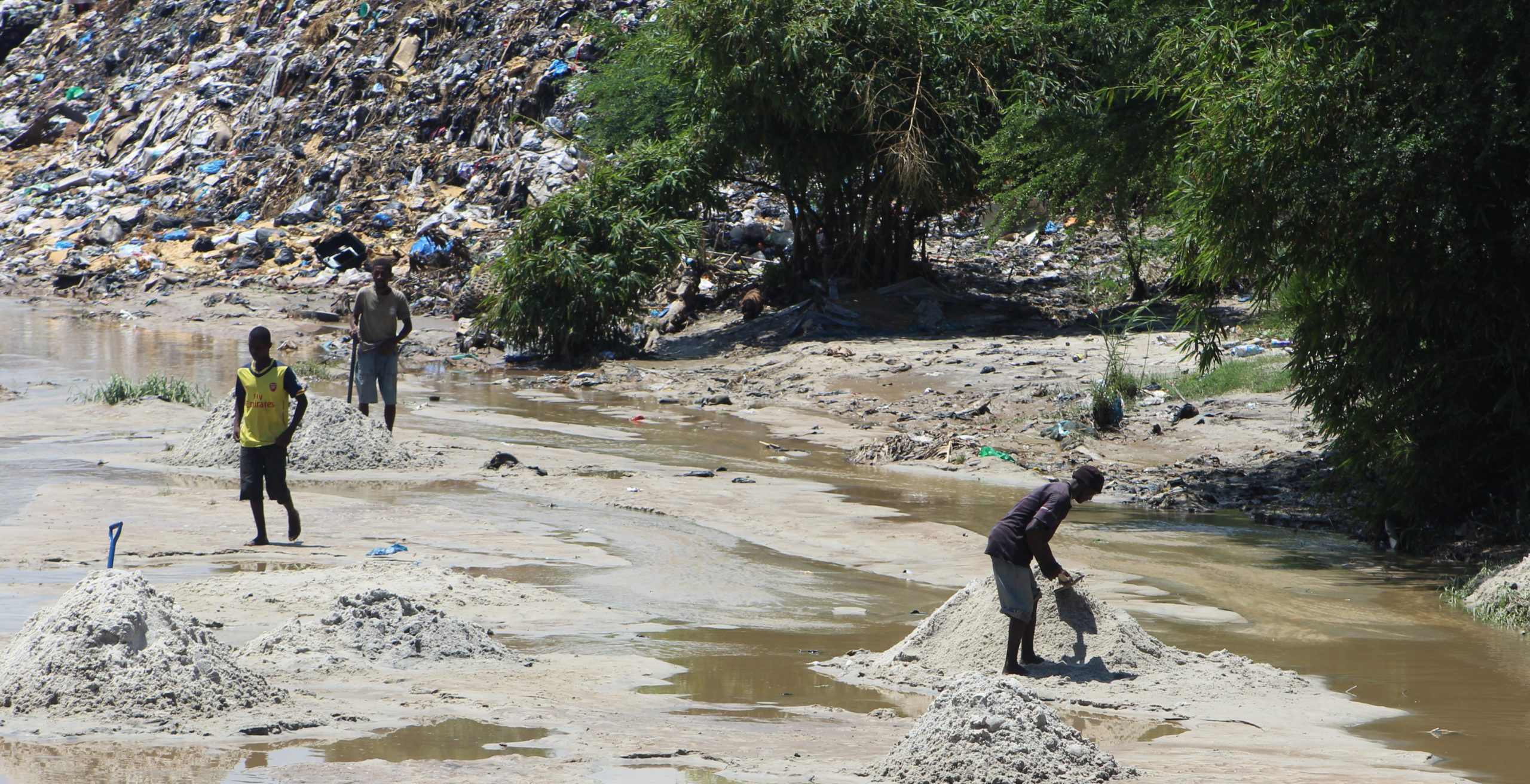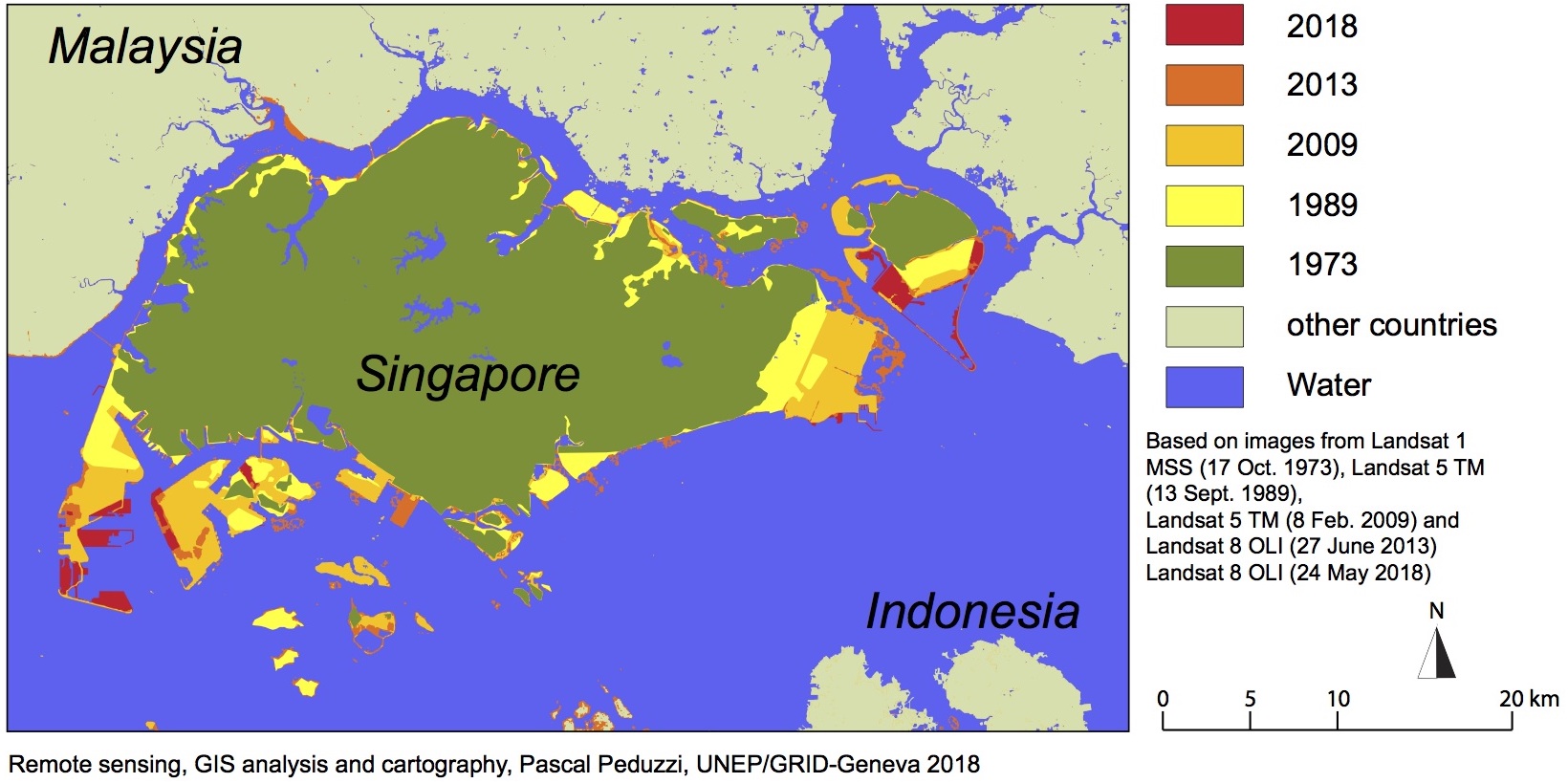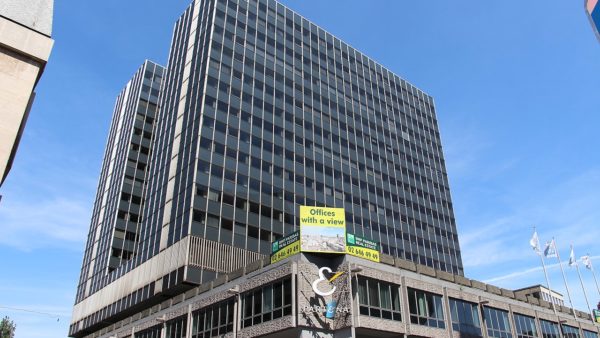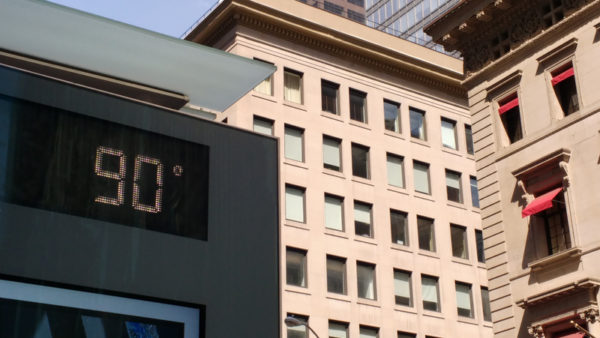With global demand for sand and gravel standing at up to 50 billion tonnes per year – and forecast to rise 5.5% a year – a UN report has sounded a klaxon over an emerging global environmental problem.
“Sand mafias” are destroying beaches, while even permitted extraction to feed the international sand trade is causing pollution, flooding and the erosion of marine habitats, says the UN Environment Programme (UNEP).
It says that while urbanisation and infrastructure development can raise living standards, the huge demand for aggregate is causing trouble, and effective policy and planning will be needed to meet demand in a world of 10 billion people.
Already in the last 20 years, global demand for sand has increased three-fold.
It calls on countries to avoid unnecessary use of sand and aggregate, recycle and find alternatives, and cut sand-mining’s impact on habitats.
Sand mafias destroy beaches
In Morocco, half of the sand – 10 million cubic metres a year – comes from illegal coastal extraction. “Sand mafias” have turned a large beach between Safi and Essouira into a rocky landscape, the report says.

Beach-raiding in Tanzania
Asilah in northern Morocco has suffered severe beach destruction, the report warns. Beach erosion even threatens buildings and infrastructure near the coast.
Ironically, the sand is used to build hotels, roads and other tourism infrastructure, but raiding beaches this way is likely to lead to the destruction of the main tourist attraction – the beaches themselves.
Sand-mad Singapore
The expanding city-state of Singapore is singled out for being especially sand-greedy.
The biggest importer of sand worldwide, it has increased its land area by more than 20% in the last 40 years by dumping aggregates into the sea.
Singaporean demand for sand and gravel has triggered an increase in sand mining in Cambodia and Vietnam.
Meanwhile, sand mining in the Mekong basin, affecting Laos, Thailand, and Cambodia, is impacting delta erosion.
The report also notes a mismatch between the reported total amount of sand imported by Singapore (517 million tonnes) and the total of sand exports to Singapore from its four neighbours (637 million tonnes).

How Singapore has expanded
It says the illegal trade in sand should be monitored better.
But as the price of sand rises, so does illegal traffic. The average price of sand imported by Singapore was $3 a tonne from 1995 to 2001, but the price increased to $190 a tonne from 2003 to 2005, the report said.
Using up our sand budget
The report, Sand and sustainability, shows how shifting consumption patterns, growing populations and increasing urbanisation have increased demand for sand three-fold over the last two decades.Â
“We are spending our sand ‘budget’ faster than we can produce it responsibly,” said Joyce Msuya, acting executive director UNEP.
“By improving the governance of global sand resources, we can better manage this critical resource sustainably and truly demonstrate that infrastructure and nature can go hand in hand.”
The report says sand and gravel resources are the second-largest resource extracted and traded by volume after water. Â
With sand extraction regulated differently around the world, important regions for biodiversity and ecosystems are made more vulnerable.
Top image: The demand for sand increased three-fold over the last two decades (UNEP)
Comments
Comments are closed.











Surely this problem will regulate itself – governments losing tourism will protect their beaches. This scans like a scare story – the one commodity North Africa is not short of is sand.
dont sell any sand